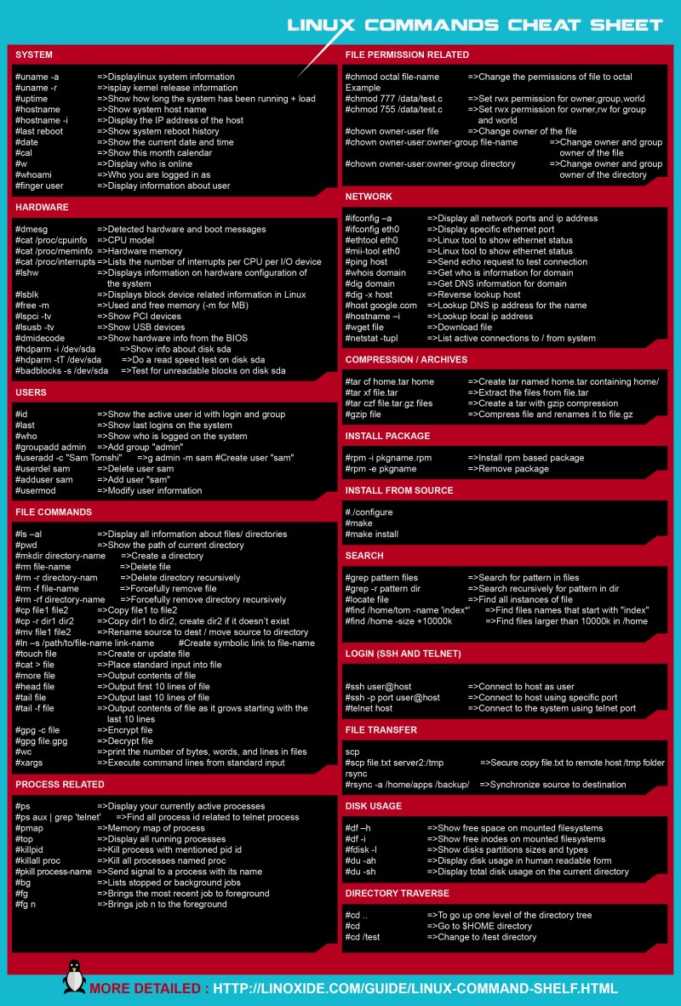

- #Linux find file recursively how to
- #Linux find file recursively install
- #Linux find file recursively update
- #Linux find file recursively code
Meaning we are no longer using simulation mode but actually doing the Things went well quickly.Įxplanation : Here we are using the rpl command with –vRd and –x OK, I went ahead and replaced the locations.

Needs to be replace by ‘, and finally ‘*’ means we areĭoing on all files (redundant) since we are specifying ‘-x. Means we are keeping the original time of creation (maintaining old time-stamp). (and not actually doing the replacing yet), –R means we are using the recursive mode (looking for files in. The option –v means verbose mode, –s means we running the simulation Options to get only files that have extension ‘*.html’. Things went well quickly.Įxplanation : Here we are using the rpl command with –vsRd and –x ‘.html’ After making sure everything is OK, I wentĪhead and replaced the locations. htmlįiles with new location on all those files (since the old location was no longer Strings on multiple locations, on multiple files, on multiple directories. Once rpl is installed one can replace long In the below examples we will 'Search for test string in file that contains 'lvm' and 'linux' in the filename'.Now we can have a file such as nf, nf, nfig so all such files would be eligible when we use 'lvm' and 'linux' as our regex for filename. Rpl is /usr/bin/rpl Using rpl to replace multiple.
#Linux find file recursively install
If one has Debian or Ubuntu system then you get the rpl utility using apt-get and install like the which rpl May not be part of the original distribution and so one may not find it in all Multiple files across multiple directories as well. Rpl can be used to replace strings across UNIX commands: rplĭo routine work with ease when the strings to be replaced string1 by string2 are small. No output if everything has worked as planned. Make sure all the replacements have been done.

type f -exec grep -i '~webguide' \ Įxplanation : Here we are simply checking to Then I tried in onĪ sub-directory before doing it in the whole site.ġ) find.
#Linux find file recursively code
I will see whether code was working before implementing it. html filesīack-up the old html files so that I will not lose my webpages.
#Linux find file recursively update
What I wanted to do was to update an old URL that was part of the I started my own trials and took some help from Michael Zawrotny, IMB System Link2: So, to search recursively through directories, looking inĪll the files for a particular string, and to replace that string with somethingĮlse (on Linux) the following command should work: Replace (delete) the text index.html recursively in all files, starting in the The following line in the GNU/Linux terminal will find and You are dealing with a static HTML site, it should be fairly easy to fix with Throughout a Web site - or even worse, only partially throughout a Web site. Web designers often link to index.html in directories Recursively Find and Replace in GNU/Linux | 2007, February 6 - 11:42pm - WebDesign10 Link1: /recursively-find-and-replace-linux Google search term : linux replace recursive Several lines in several files in several directories. TSomasundaram | Novem| Search and replace Problem I needed to solve was to replace string1Īcross multiple directories quickly. UNIX commands: find, exec, & sedĪre UNIX/Linux commands that can be utilized to do routine work with ease. This note updatedĪnd was first written in November 29, 2007. Shortly after receiving suggestions and corrections from the users. Copy of this Note will be posted in XRF Resources page Multiple files across multiple directories using the Linux/UNIX commands find, exec and sed. Replace string1 by string2 that occurs in many places in This note is intended to help the X-Ray Facility (XRF) users search and This is called “Command Substitution” in the shell.And replacing strings in multiple files across multiple directories Note the backquotes (back ticks) are used to reuse the results of the find command as arguments to the cp command.

Now let’s assume you can use this command to find lost files in your library, here’s an example of how you copy them out: cp -v `find.
#Linux find file recursively how to
How to automatically copy out the images you find # Just execute it from within the library folder and it will find any JPG file you know the name of in a matter of seconds. Sometimes you want to find the original or a preview of an image that is in your iPhoto or Aperture Library but you just can’t find it when you click on “Show Package Contents”. name ".*" Using this to find images in iPhoto or Aperture # name ".htaccess"Īlso if you want to look for all hidden files (all files starting with a dot), you’d go like this: find. Sometimes you need an emergency reminder about how to find all files of a certain name in a directory structure… like say: find all.


 0 kommentar(er)
0 kommentar(er)
